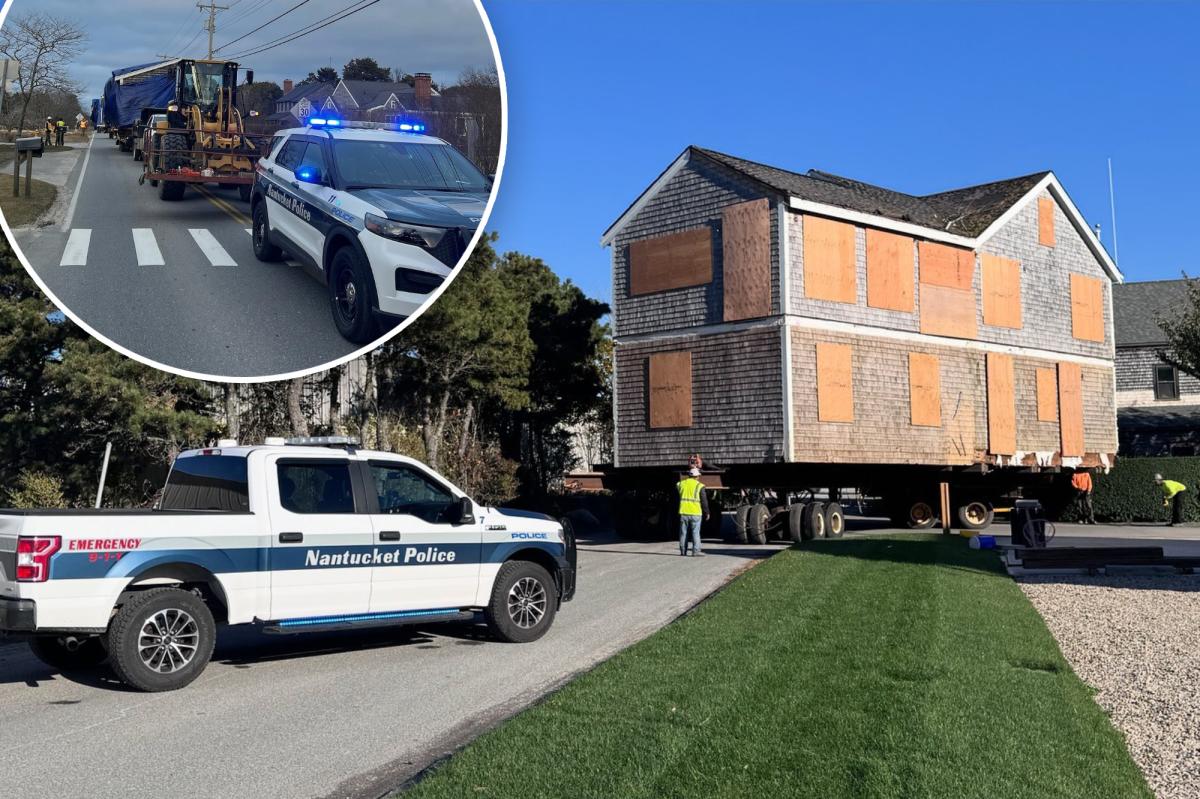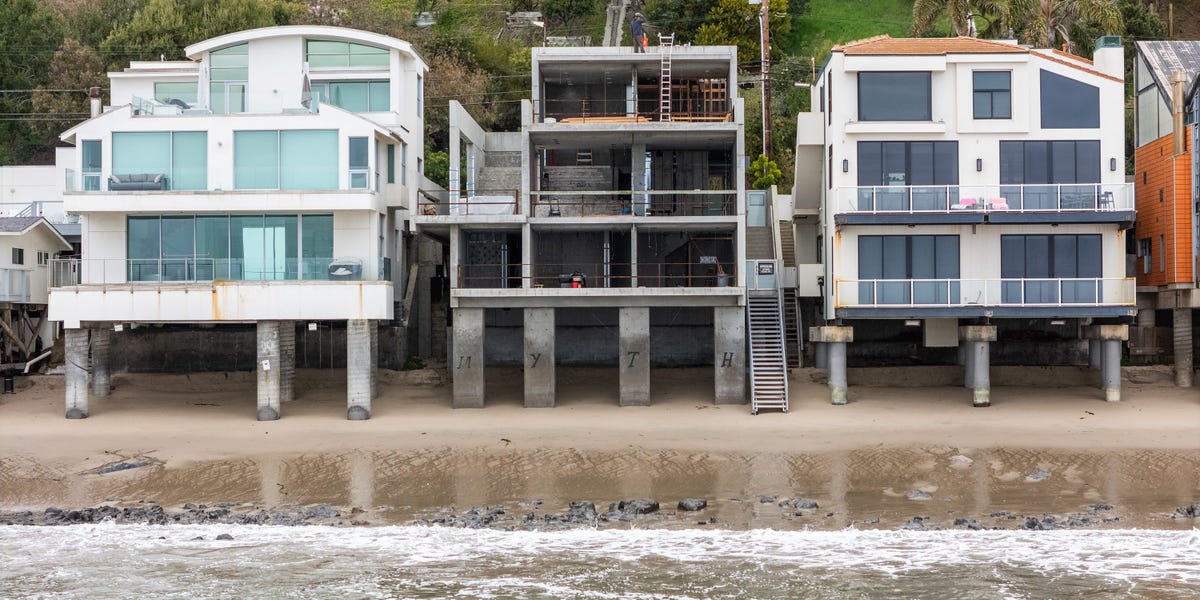F
ree houses? In Nantucket, a five‑bedroom, $5 million‑valued home on Cliff Road is up for grabs, but only if you can haul it off its foundation and relocate it within 180 days. The island’s unique “house‑moving” season runs from mid‑September to mid‑June, when owners transport their homes to new lots, often causing slow‑moving traffic jams that have become a local spectacle.
The practice dates back to the 1600s, when weather, erosion and a shortage of building materials made moving structures a necessity. In modern times, preservation has driven the trend: owners who wish to demolish a home must advertise it for 30 days, giving others a chance to claim it for free. The “Demolition Delay Bylaw” of 1997 formalized this process, and since 2020 more than 75 houses have been relocated across the island.
Moving a house is usually cheaper than building anew. Costs range from $200,000 to $500,000, depending on size, distance, and site preparation. For many young locals who inherited land or bought when prices were lower, moving a pre‑existing home is more affordable than starting from scratch. It also sidesteps the island’s stringent design review, which requires new builds to match the classic Nantucket saltbox aesthetic. A pre‑built home already carries that seal of approval.
The bylaw offers additional savings: owners avoid demolition expenses and landfill fees, which can exceed $500 per ton of waste. Local newspapers—The Inquirer, Mirror, and Nantucket Current—publish notices of upcoming demolitions and moving routes, keeping residents informed. Even after the tourist season ends, drivers must still watch for three‑bedroom houses crossing the road.
In short, Nantucket’s free‑house program is a blend of historic necessity, preservation policy, and practical economics. While the house itself comes at no cost, the logistics and expenses of moving it are significant. Yet for many, the opportunity to own a piece of the island’s heritage without the hurdles of new construction makes the effort worthwhile.













